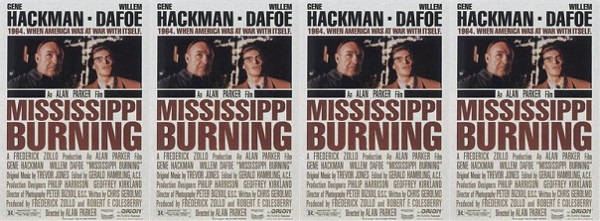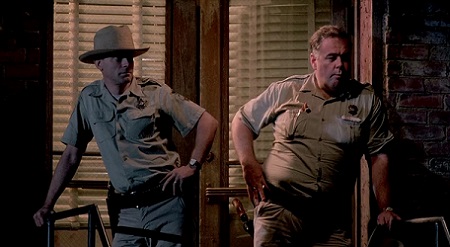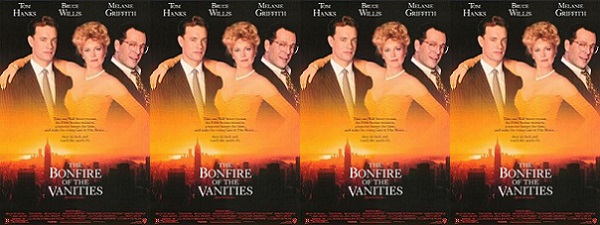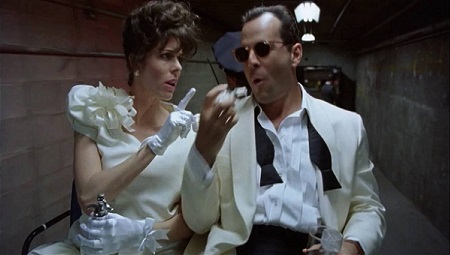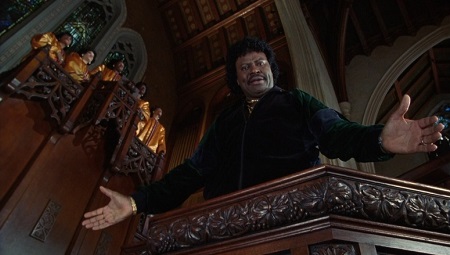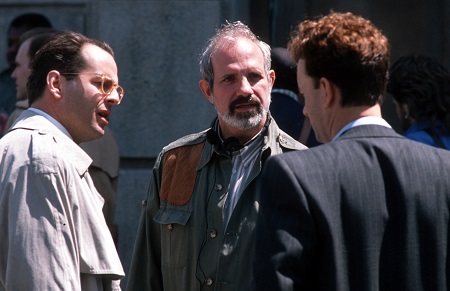Fierce determination for a just outcome in realizing talent against cultural obstacles brings us to the tennis world today. Dramatization of the role Richard Williams, Oracene ‘Brandy’ Price and their family experienced in aiding the rise of tennis players Venus Williams and Serena Williams as successful tennis players is the subject of the movie King Richard (2021).

The Reinaldo Marcus Green directed movie King Richard focuses heavily on the role Richard Williams, as portrayed by Will Smith, had in parenting his two biological kids with Oracene ‘Brandy’ Price to elite levels in women’s tennis. Price, married to Richard through the period considered by the movie, was portrayed by Aunjanue Ellis-Taylor. Williams was single-minded in raising Venus and Serena to be tennis players with as many level-setting advantages as they could get, which included efforts to steer his two biological and at points his three step daughters away from unhelpful elements in their Compton, California neighborhood. Saniyya Sidney and Demi Singleton portrayed Venus and Serena Williams, respectively.

While Brandy and Richard were skilled tennis players in their own right, there were thoughts that coaching from professionals with influence in professional, or amateur leading to professional, coaching would be better. This led Williams to bring his young daughters Venus and Serena to a practice Paul Cohen was administering for a pair of professionals on the men’s tennis tour. Cohen, portrayed by Tony Goldwyn, would agree to coach only one of the sisters for free. Venus received the professional coaching as Serena would be coached by Brandy, her mother.
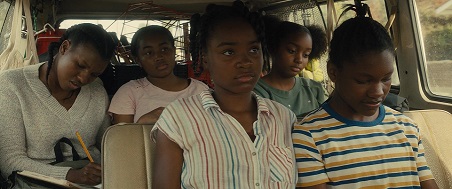
An eventual disagreement over the personal effect that participating in tournaments, as Cohen recommended as the eventual means of the Williams daughters becoming professional, that led to drama within the tennis playing and human upbringing of the Williams sisters. Connecting to Rick Macci, as portrayed by Jon Bernthal, led the family to Florida for training. The strong wills of Rick Macci and Richard Williams would conflict frequently, yet a significant beauty of the King Richard landed for me in how this and the eventual results for the Williams‘ girls were portrayed for the family and in actual life.
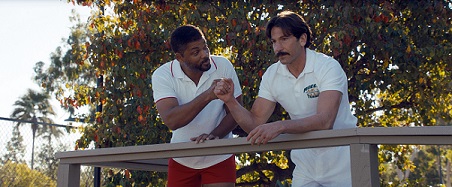
The underlying humanity and nuance in the King Richard story worked really well. Credit for this in part rests with the screenplay of Zach Baylin, along with the production of Will Smith and the direction of Reinaldo Marcus Green. Having enjoyed the biography, the sports content, the humanity and the performances of Will Smith and Aunjanue Ellis-Taylor, I give Reinaldo Marcus Green‘s King Richard 4.25-stars on a scale of one-to-five.
Matt – Saturday, June 3, 2023

